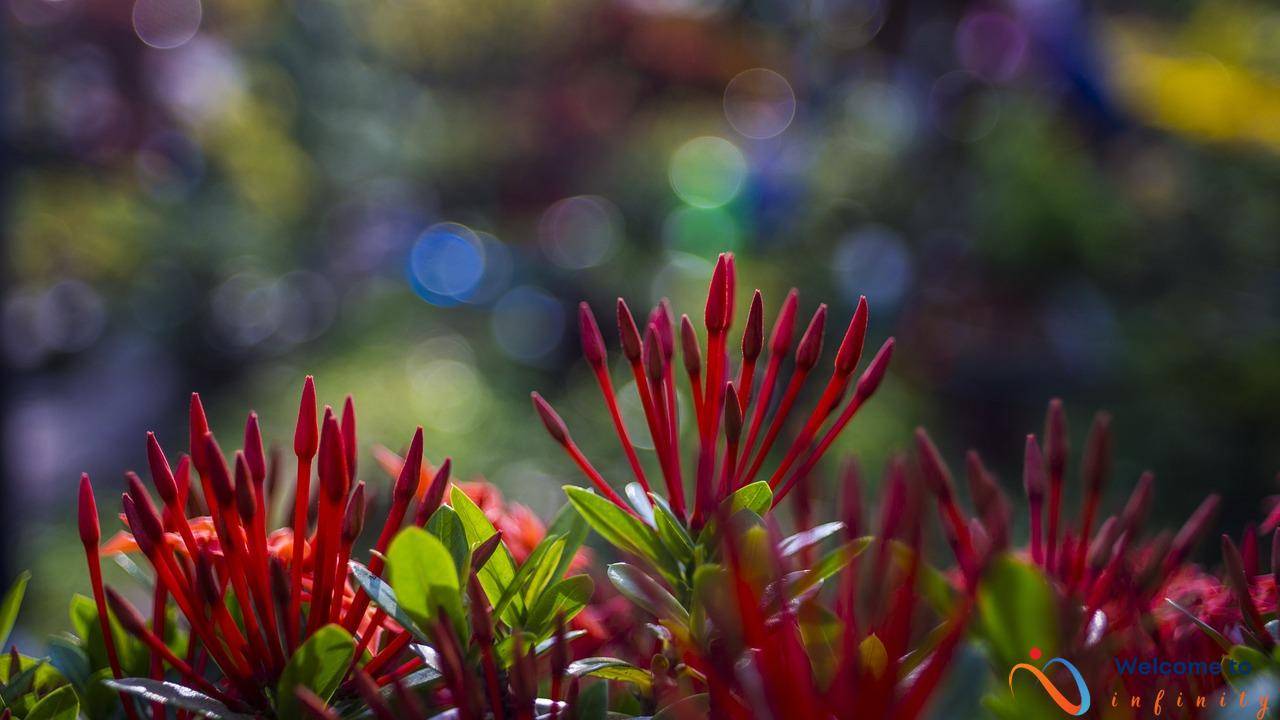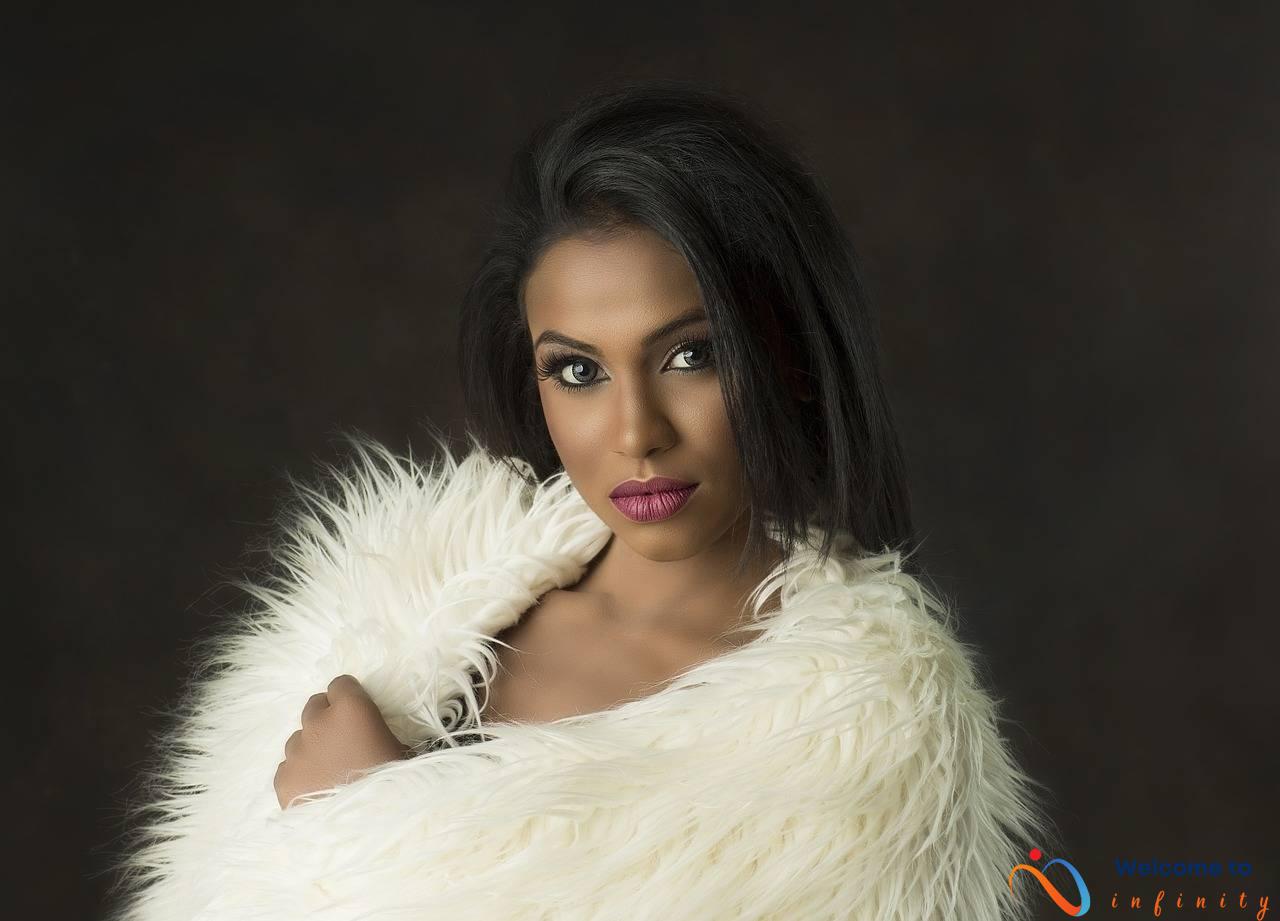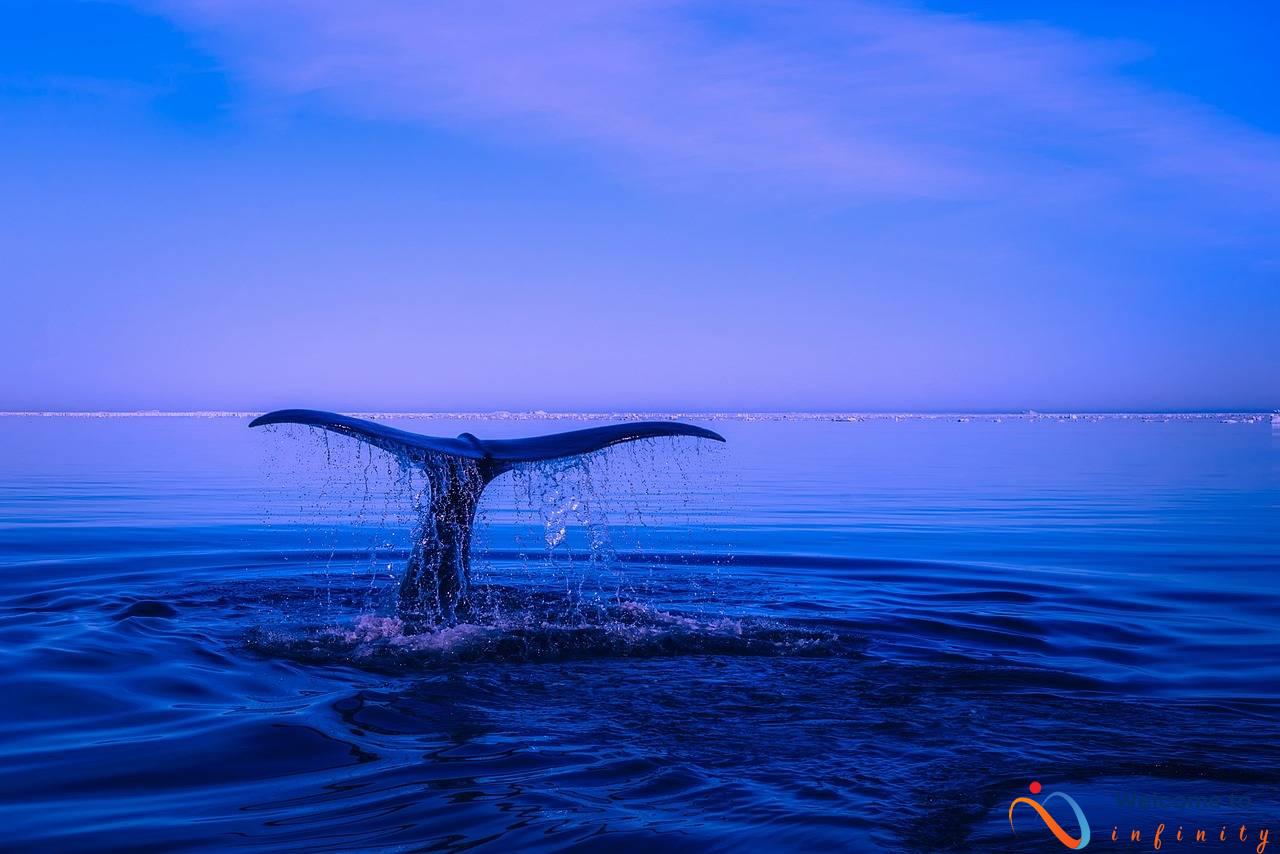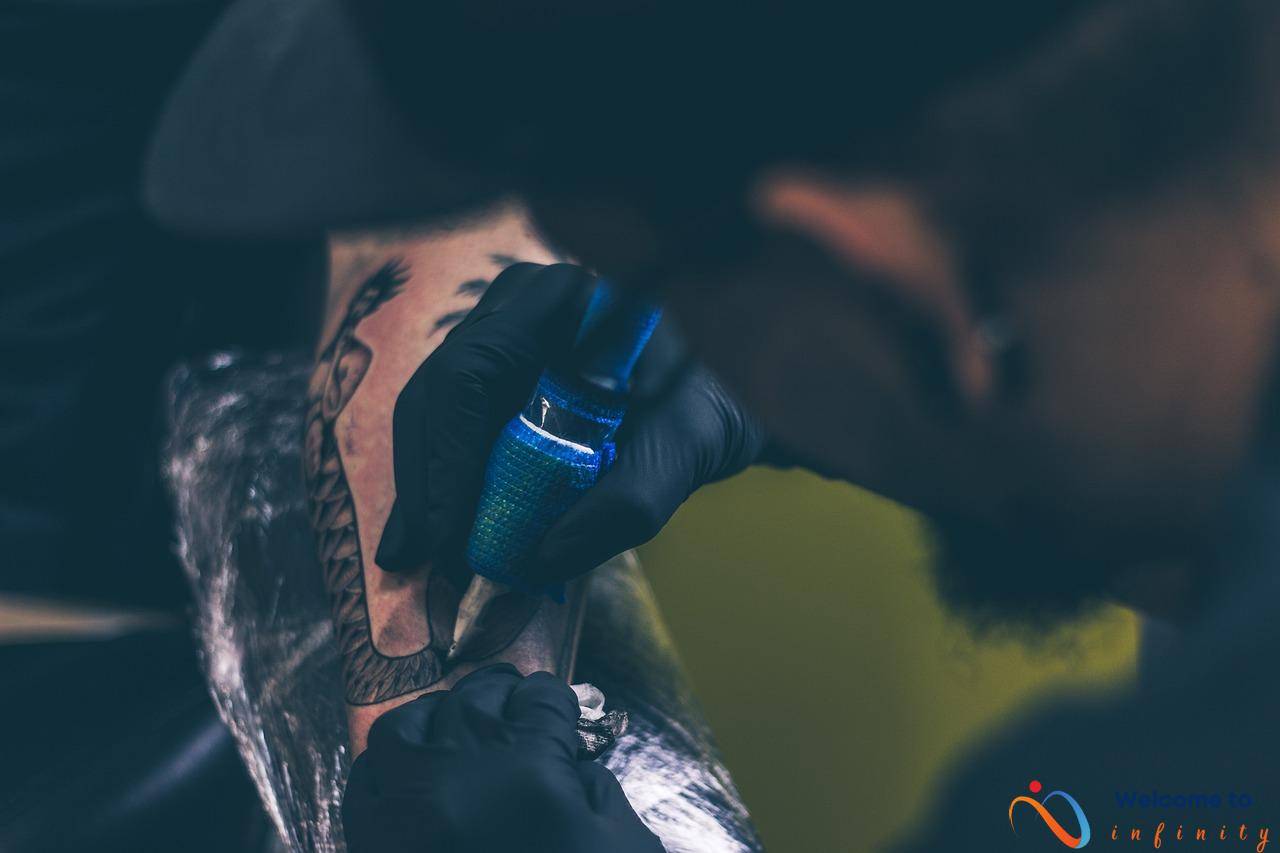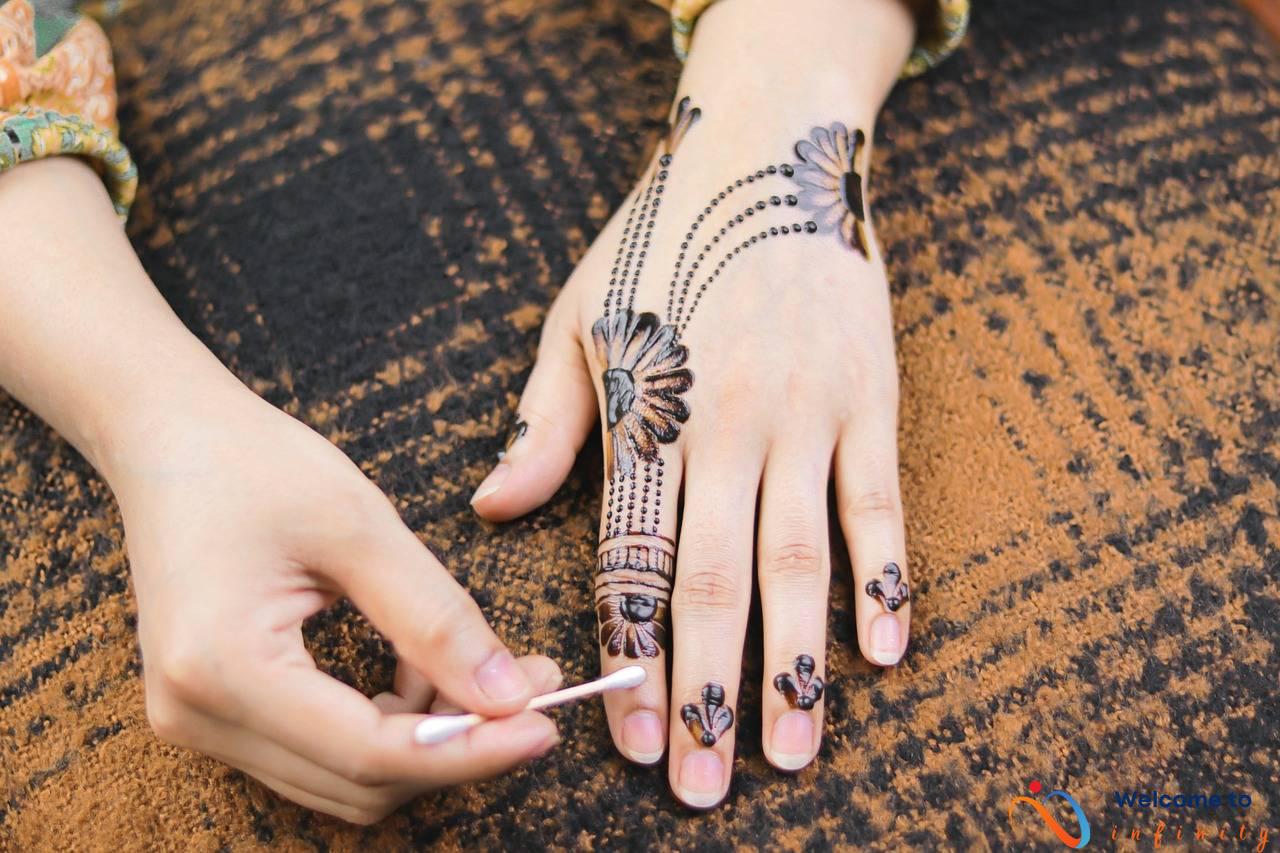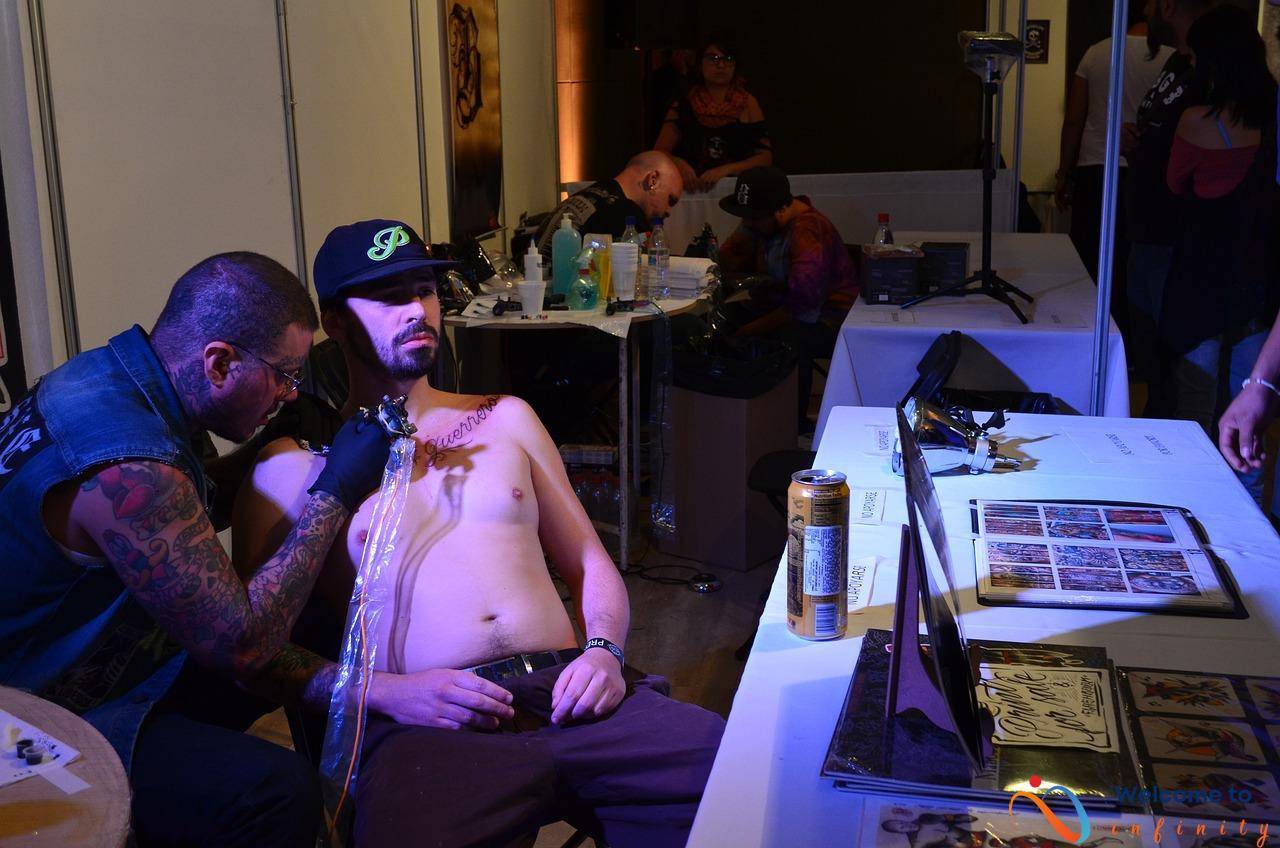Mythology tattoos have become increasingly popular in recent years. With a vast array of cultures and stories to choose from, it's no wonder that people are drawn to these designs that have stood the test of time. From Greek and Egyptian gods to Norse mythology creatures, there are a plethora of options available for those seeking to channel the power of the ancients through their tattoos.
For many, the appeal of mythology tattoos lies in the connection to ancient cultures. Whether it's a celebration of one's own heritage or a fascination with cultures from around the world, these designs allow us to tap into something greater than ourselves. Additionally, many people are drawn to the artistic aspect of mythology tattoos, which often feature intricate details and bold imagery.
Mythology tattoos are also popular due to the meaning behind them. Each design has its own unique symbolism, whether it's a representation of power, protection, or transformation. For example, Medusa tattoos are often depicted as a symbol of female empowerment, while the Ankh symbol in Egyptian mythology represents the concept of eternal life.
Overall, mythology tattoos offer a way to channel the ancient gods and goddesses and incorporate their power and meaning into our lives. From intricate designs featuring mythical creatures to bold depictions of powerful gods, these tattoos are a way to connect with something greater than ourselves and honor the stories and cultures that have influenced our world for centuries.
The Appeal of Mythology Tattoos
Mythology tattoos have become increasingly popular in recent years, with many individuals opting to get inked with designs inspired by ancient cultures and mythical creatures. These tattoos can range from depictions of powerful gods and goddesses to iconic symbols and creatures.
So, what makes mythology tattoos so appealing? For many, it is a way to connect with ancient cultures and history. Tattoos inspired by mythology can create a sense of nostalgia for individuals who are interested in learning about the myths and legends of ancient times. Additionally, these tattoos can be a way to express one's personality and personal beliefs.
Another reason why mythology tattoos have gained in popularity is the fascination with mythical creatures. Designs featuring creatures like dragons, unicorns, and phoenixes can be both awe-inspiring and captivating. These tattoos also hold a symbolic meaning in many cultures. For example, the phoenix is often seen as a symbol of rebirth and transformation, while the dragon represents power and strength.
In summary, mythology tattoos have a unique appeal that draws individuals in for a variety of reasons. Whether it is to connect with ancient cultures, express personal beliefs, or pay homage to mythical creatures, these tattoos continue to be a popular choice for tattoo enthusiasts.
Ancient Greek Mythology Tattoos
Ancient Greek mythology tattoos have long been popular among those drawn to the powerful stories and fascinating imagery of this ancient culture. From depictions of powerful gods like Zeus and Poseidon to the iconic creatures like Medusa and the Minotaur, there is no shortage of meaningful designs to choose from.
Zeus, the ruler of the Olympian gods, is often depicted with lightning bolts and an impressive beard, symbolizing his power and authority. Those seeking a tattoo that represents strength and leadership may be drawn to this mighty god.
Poseidon, god of the sea, is often depicted with a trident and waves, symbolizing his control over the ocean. Tattoos of Poseidon may appeal to those with a love of the ocean or those seeking a symbol of power and control.
Medusa, with her snakes for hair and ability to turn anyone who looks her in the eye to stone, is a popular choice for those seeking a tattoo that represents duality or the power of femininity. The Minotaur, a creature with the head of a bull and the body of a man, is often chosen by those seeking a tattoo that represents strength and fearlessness.
Other popular Greek mythology tattoos include depictions of the Phoenix, a bird that rises from its own ashes, symbolizing rebirth and renewal, and Pegasus, the winged horse that represents freedom and fantasy. The Chimera, a creature with the head of a lion, the body of a goat, and the tail of a serpent, is also a popular choice for those drawn to its unique and fascinating imagery.
Overall, ancient Greek mythology tattoos continue to be a popular choice for those seeking meaningful and powerful designs that connect to the rich and layered history of this ancient civilization.
The Symbolism of Medusa Tattoos
Medusa tattoos have become increasingly popular in recent years, with many people opting for this design to represent their own personal beliefs and ideals. The symbolism behind the Medusa tattoo can vary widely, depending on the individual and their interpretation of the mythological creature.
For some women, the Medusa tattoo is a symbol of empowerment, strength, and independence. According to Greek mythology, Medusa was cursed and transformed into a monster, but she also possessed the power to turn men to stone with a single glance. This power has been interpreted as a symbol of female empowerment and the strength that women possess. The Medusa tattoo, therefore, can be seen as a statement of resilience, power, and independence.
On the other hand, some interpret Medusa tattoos as a representation of duality. Medusa's image has been used to represent the complexity of human nature, the good and the bad, the light and the dark. The Medusa tattoo, in this context, can be seen as a reminder that human beings are both capable of great good and great evil. It can also represent a warning that beauty can be deceiving and that even the most beautiful things can have a dark side.
Overall, the Medusa tattoo is a fascinating design that is open to interpretation, and can be a powerful symbol of strength, empowerment, and duality.
The Mythical Creatures of Greek Mythology Tattoos
Greek mythology is filled with mythical creatures that captivate our imaginations and inspire artwork, including tattoos. These powerful creatures represent the balance between good and evil, strength and weakness, and life and death. Here are some of the most popular Greek mythology creatures represented in tattoos:
- Phoenix: A symbol of resilience and rebirth, the phoenix is a popular choice for those looking for a tattoo design that represents overcoming adversity.
- Pegasus: The winged horse created by the god Poseidon is a symbol of freedom and power. It is commonly represented in tattoos as a symbol of strength and determination.
- Chimera: This creature, with the head of a lion, body of a goat, and tail of a serpent, is a symbol of chaos and destruction. It is a popular choice for those looking to represent their darker side or their ability to overcome personal demons.
These mythical creatures have provided inspiration for some of the most beautiful and powerful tattoo designs. They represent a connection to ancient cultures, fascination with the mysterious, and a desire to carry the power of these beings with us in our own lives.
Ancient Egyptian Mythology Tattoos
Ancient Egyptian mythology has fascinated people for centuries, providing a rich source of inspiration for tattoo designs. From depictions of powerful gods like Ra and Anubis to iconic symbols like the Eye of Horus, Egyptian mythology tattoos offer a wide range of design options.
The Eye of Horus is one of the most popular designs in Egyptian mythology tattoo art. Also known as the “all-seeing eye,” the Eye of Horus was a powerful symbol of protection in ancient Egyptian religion. It was believed to offer guidance, good health, and prosperity to those who wore it, making it a popular tattoo design choice. Some people also believe that the Eye of Horus can offer spiritual protection and ward off negative energies.
Another popular tattoo design inspired by ancient Egyptian mythology is the image of Anubis, the god of the afterlife. Often depicted with the head of a jackal, Anubis was responsible for guiding souls into the afterlife and overseeing the weighing of the heart ceremony. Egyptian mythology tattoos featuring Anubis are often associated with death, darkness, and the unknown, making them a powerful design choice for those with a gothic or alternative aesthetic.
Ra, the sun god, is also a popular choice for Egyptian mythology tattoos. By embodying the power and energy of the sun, Ra represented vitality, strength, and leadership. Tattoos featuring Ra often depict his iconic sun disk or falcon head.
Other popular designs include the scarab beetle, which was revered in ancient Egyptian culture as a symbol of rebirth and renewal, and the goddess Isis, who was associated with motherhood, magic, and healing. In addition to these specific characters and symbols, traditional Egyptian art styles and hieroglyphics can also be incorporated into tattoo designs.
Overall, Egyptian mythology tattoos offer a unique and meaningful way to connect with ancient cultures and their beliefs, while also offering visually stunning and intricate designs for body art.
The Significance of Ankh Tattoos
The Ankh symbol is one of the most popular designs in Egyptian mythology tattoo art. This ancient symbol is depicted as a looped cross with a teardrop-shaped loop at the top. The Ankh symbol is believed to have originated during the early dynastic period in Egypt and was associated with the goddess Isis, who was known as the goddess of fertility and life.
The Ankh symbol was originally worn as a talisman for protection, strength, and good health. The Egyptians believed that this symbol represented eternal life and was a powerful symbol of regeneration, renewal, and transformation.
The Ankh symbol has also been associated with the concept of balance, particularly the balance of opposites. The horizontal and vertical lines of the Ankh symbol represent the balance between male and female, light and darkness, and life and death. It is also believed that the symbol represents the union between heaven and earth, making it a powerful symbol of spirituality and transcendence.
Today, Ankh tattoos are popular among both men and women, and can be found in a wide range of designs and styles. Some people choose to get the Ankh symbol on its own while others incorporate it into larger designs featuring other Egyptian mythology symbols. Ankh tattoos are often seen as a symbol of balance, protection, and good health, making them a popular choice for those seeking a tattoo with spiritual or symbolic meaning.
The Gods and Goddesses of Egyptian Mythology Tattoos
Egyptian mythology is rich with complex entities and deities that are often depicted in tattoos. The gods and goddesses of ancient Egypt provided a colorful palette for tattoo artists to create powerful, intricate designs.
Isis, the goddess of motherhood, magic, and fertility, is a common subject in Egyptian mythology tattoos. Her widespread worship throughout Egypt made her one of the most important and respected deities. In tattoos, she is often depicted with an ankh, a symbol of eternal life.
Osiris, the god of the afterlife, was a major figure in Egyptian mythology. His role in guiding spirits to the afterlife has made him a popular symbol in Egyptian mythology tattoos, usually depicted with a crook and flail. Set, the god of chaos and violence, is also a popular subject. Tattoos featuring Set often depict him in battle, wielding a powerful weapon.
Other popular gods and goddesses in Egyptian mythology tattoos include Anubis, the god of mummification and the afterlife, and Horus, the god of the sky and kingship. Often, they are depicted with symbols of their power, such as the Eye of Horus or the Ankh.
Overall, the gods and goddesses of Egyptian mythology provide a wealth of inspiration for tattoo designs. With their rich histories and powerful symbolism, they are ideal subjects for anyone seeking a meaningful and eye-catching tattoo.
Norse Mythology Tattoos
Norse mythology is rich with powerful gods, fascinating creatures, and captivating stories, making it an excellent source of inspiration for tattoo art. Norse mythology tattoos feature depictions of gods like Thor and Odin, as well as iconic creatures like Fenrir and Jormungandr.
Thor, the god of thunder and lightning, is a popular figure in Norse mythology tattoos. His hammer, Mjolnir, is often featured as a standalone design or incorporated into larger pieces. The hammer is a symbol of power and protection, making it a popular choice among those who want a tattoo that represents strength.
Odin, the king of the gods, is another popular figure in Norse mythology tattoos. He is often depicted with his two ravens, Huginn and Muninn, and his two wolves, Geri and Freki. Odin is known for his wisdom, and his tattoos are often chosen by those seeking knowledge or guidance.
One of the most iconic creatures in Norse mythology is Fenrir, the giant wolf who was destined to kill Odin during Ragnarok. Fenrir tattoos are often chosen by those who identify with the wolf's fierce independence and strength.
Jormungandr, the serpent who encircled the world and was destined to fight Thor during Ragnarok, is another popular creature in Norse mythology tattoos. The serpent is often depicted as a fearsome creature, coiled around a person's arm or leg, making for a striking tattoo design.
Other popular Norse mythology tattoos include depictions of Valkyries, who were tasked with choosing which warriors would go to Valhalla after they died; Sleipnir, Odin's eight-legged horse; and Yggdrasil, the world tree that connected the nine worlds of Norse mythology.
- Thor's hammer, Mjolnir
- Odin, with his ravens and wolves
- Fenrir, the giant wolf
- Jormungandr, the world serpent
- Valkyries, Sleipnir, and Yggdrasil
Norse mythology tattoos offer a unique and fascinating way to pay homage to these ancient stories and connect with the power and symbolism of these gods and creatures. There are endless possibilities for designs and meanings, making it a versatile and popular option for tattoo enthusiasts.
The Symbolism of Mjolnir Tattoos
Mjolnir, also known as Thor's Hammer, is one of the most recognizable symbols of Norse mythology. It is a popular tattoo design choice for those who want to display their connection to the Nordic cultures. But what is the meaning behind Mjolnir tattoos, and why is it such a significant symbol?
Firstly, Mjolnir is considered a symbol of power and strength. As the weapon of the Norse god Thor, it was known for its ability to level mountains and break through any obstacle. This primal force of nature makes it an ideal choice for those who want to display their own strength and power through their tattoo choices.
Additionally, Mjolnir has a protective element to it. In Norse mythology, Thor used his hammer to protect his people from harm, and it was seen as a source of good fortune and luck. As such, Mjolnir tattoos are often chosen by those who seek protection from harm or danger, or as a way to bring good luck into their lives.
- The intricate designs and embellishments often seen on Mjolnir tattoos can also carry their own meanings.
- For instance, the Norse symbols of protection or runes may be included in the design, further enhancing the protective aspect of the tattoo.
- Alternatively, the hammer may be depicted in a stylized or realistic manner, emphasizing the wearer's connection to the mythological weapon.
In conclusion, Mjolnir tattoos are a popular choice for those who want to display strength, power, and protection. The symbol of Thor's hammer has deep roots in Norse mythology, and its association with good fortune and luck makes it a meaningful tattoo design for many people.
The Creatures of Norse Mythology Tattoos
Norse mythology is filled with a variety of mythical creatures, which have become popular subjects for tattoo designs. Two of the most popular creatures in Norse mythology tattoos are the dragon Nidhogg and the giant wolf Fenrir.Nidhogg is often depicted as a dragon that gnaws at the roots of the World Tree, Yggdrasil. This legendary creature has been represented in tattoos as a fierce dragon with wings and sharp claws. Nidhogg is known to represent the cycle of destruction and rebirth, making it an attractive design for those seeking tattoos that symbolize change and transformation.On the other hand, Fenrir is a giant wolf that plays a significant role in Norse mythology. This beast is the son of Loki, the god of mischief, and was said to be responsible for the death of Odin, the god of war. Fenrir is often portrayed in Norse mythology tattoos as a wolf with ferocious teeth and glowing eyes, representing power and dominance.Apart from Nidhogg and Fenrir, other creatures found in Norse mythology tattoos include Jormungandr, a sea serpent so large that it wraps around the entire earth, and Valkyries, female warriors that ride winged horses.Norse mythology tattoos can be a great way to channel the mythical creatures from the ancient culture, and their symbolism can provide inspiration for transformation and power.

